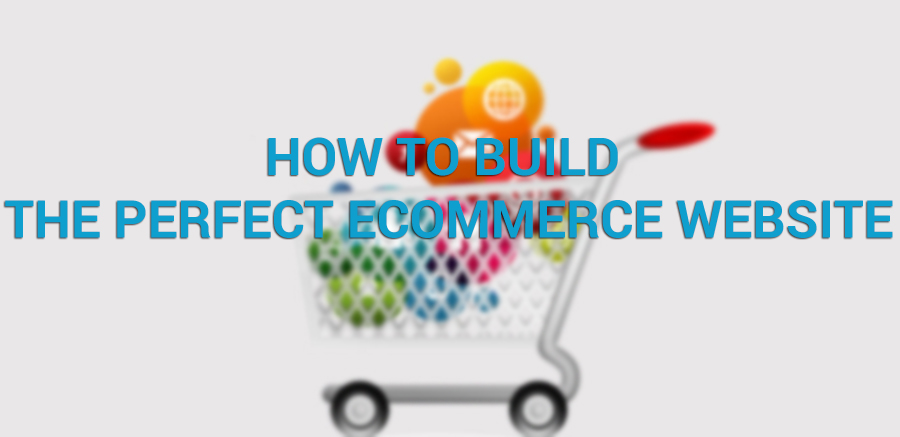How To Build The Perfect Ecommerce Website
In a time where side hustles are reigning supreme, it seems like there’s a healthy amount of people starting online shops. Whether it be an Etsy, Instagram store, or even a full-blown eCommerce site, it seems as though it’s a relatively easy way to be either make some extra cash or make it a full-time gig. And with over 51% of consumers preferring to shop online, who can blame them for wanting to get their piece of the pie.

However, even though having an online store seems to be an attractive gig, not everyone does it right. After all, the point of business is to expand and grow, and without a solid foundation to do so, you’ll be left in the dust. Yet, that’s why starting an eCommerce website that gives you the ability to separate yourself from the herd is the way to go. Here’s how:
Start With The Basics
In looking at how to build your eCommerce solution, the first thing you need to ask yourself is what are the bare bones of your needs. It might sound silly, but all too often people will start to brainstorm and imagine how to incorporate all these elements and features that might be out of budget or even just plain unnecessary. This can affect your bottom line much more than you might imagine, especially when it comes to closing the deal.
When you break it down, your eCommerce site should serve a few simple purposes:
- having a place you can easily upload and showcase inventory (especially on mobile),
- make purchases,
- and handle the logistics involved.
Anything else beyond that is largely going to be dictated by your company’s growth and how it compares to the rest of your industry. Trust me, having pages that don’t load or missing payment forms will make it more trouble than it’s worth. As noted by Hubspot, 39% of visitors will leave your site if it’s too slow to load. In short, get your bases down and make them airtight, which will help you decide what type of efforts to use moving forward.
Implementing The Extra Elements
After you’ve decided on a rough skeleton for your eCommerce site, it’s time to start digging through the bells and whistles. These are going to be the elements that will help separate you from your competition, tying in both your branding elements as well as UX. I’ll remark that a lot of this stuff can get somewhat pricey, however, not to worry, as there are plenty of free or inexpensive options available.
In terms of what type of eCommerce solutions are available, there are popular choices like WooCommerce, Shopify with Shopify Sections, and even BigCommerce websites. Each platform is going to have its advantages, so it’s best to search through each in defining which one best matches your needs. Additionally, for design, there are plenty of resources for things like stock photos, typefaces, and even API’s for common needs (I.E., email signup, embedded social media feeds, etc.) These will help you develop a sense of brand aesthetics, giving new customers a chance to check out what your line of products is about before they dive deeper.
If you can’t choose a design for your store just google something like “best Shopify themes” and you’ll get dozens of carefully picked theme collections meant to help you with this tough choice.
Don’t Forget About Marketing
Once your website is up and running, it’s a crucial aspect moving forward that you start pushing and marketing what’s available. This includes running social campaigns and email blasts, as well as putting them into quantifiable, measurable goals. You’re basically drawing a pipeline that extends from the point of entry (your social post) down to them making a purchase. In essence, this is the core of what a conversion rate is, which is the gold standard when it comes to success with eCommerce.
For most shops, marketing is the fun part, as it’s the time when you really get to dive into the lifestyle or culture that you were inspired to start from. Take some time to genuinely consider what your brand is about and why it’s different from the competition. Furthermore, this is the moment to make sure the voice of your brand is ironclad-solid, as well as executable across multiple channels. Finally, in keeping it consistent, start drafting a calendar ahead of time of new products and the posts associated (oh, and don’t forget to include a link to the product in your posts!)
Having an eCommerce store can be one of the most rewarding small business experiences you’ll embark on. Even though it’s going to take a little bit of legwork, it’s also something that can potentially be a money maker while you sleep. And after all, isn’t that the dream for everyone?
